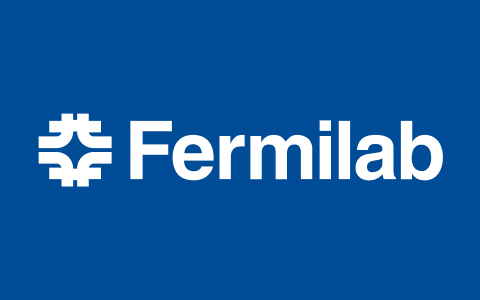How a mysterious particle could explain the universe’s missing antimatter
Knowable, August 14, 2025
DUNE is one of the new experiments that will focus on understanding the enigmatic neutrino may offer insights.

1 - 10 of 22 results
Knowable, August 14, 2025
DUNE is one of the new experiments that will focus on understanding the enigmatic neutrino may offer insights.
Phys.org, August 13, 2025
A new paper from researchers at the University of Melbourne shows that DUNE will be able to measure the total flux of all neutrino types using neutral current interactions with argon nuclei.
Quantum Zeitgeist, July 21, 2025
Particle physics experiments investigate the origins and composition of the universe, and the Deep Underground Neutrino Experiment (DUNE) is designed to address the prevalence of matter over antimatter through the study of neutrinos.
The Rapid City Post, July 8, 2025
Fermilab will be participating in the 17th annual Neutrino Day in Lead, SD on July 12. The citywide science festival is free to all and will include a livestream underground tour of DUNE and a live with Fermilab crews.
.
Michigan LSA, May 9, 2025
LSA Magazine spoke with associate scientist Bryan Ramson about neutrinos, which play a fundamental role in unlocking the mysteries of the universe.
Interesting Engineering, March 8, 2025
A new study explores the possibility of studying the sun’s interiors using neutrinos. By studying oscillations at different energy levels, scientists can infer details about the sun’s density structure beyond what traditional models provide.
Scientific American, Feb. 12, 2025
A detector in the Mediterranean discovered a cosmic neutrino carried 30 times more energy than any neutrino observed to date. Fermilab’s Bryan Ramson weighs in the new discovery.
Particle accelerator beams can create significant damage to the targets used to generate particles for experiments. Researchers are designing targets to withstand material degradation from radiation damage, shock from thermal expansion and material fatigue — all caused by accelerated protons.
The Dakota Scout, October 15, 2024
A successful test delivers DUNE steel beam a mile underground at Sanford Underground Research Lab in Lead, South Dakota.
DOE Office of Science
Now that the excavation of 800,000 tons of rock from the Sanford Underground Research Facility is complete, LBNF-DUNE teams are working on the the far detector in South Dakota and the near detector at Fermilab in Illinois. The science collaboration includes more than 35 countries and DOE’s Office of Science is supporting the LBNF-DUNE to help answer some of physics’ biggest questions.